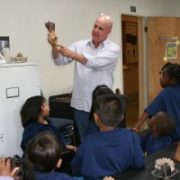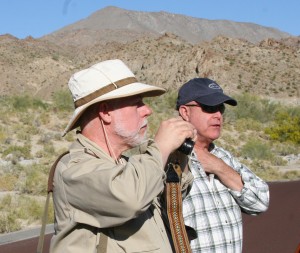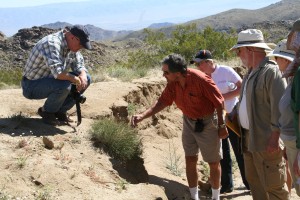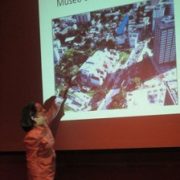An “Out of this World” Experience
Special thanks to Sonchia Jilek, Executive Director, The Pinhead Institute, a Smithsonian Affiliate in Telluride, Colorado, for this guest post. Part of our Youth Capture the Colorful Cosmos blog series. Seriously Amazing!
This summer, I had the opportunity to lead one of our most memorable programs, Youth Capture the Colorful Cosmos program, thanks to a grant from the Smithsonian Youth Access fund.

Courtesy Pinhead Institute.
The grant funded Pinhead’s first “Astrophotography Camp” to help provide underserved middle-school youth access to the resources of the Smithsonian Astrophysical Observatory through the MicroObservatory Telescope Network. As a Smithsonian Affiliate, the first in Colorado, the Pinhead Institute was honored to receive this special grant.
I decided to host this program in our outreach area in Naturita, Colorado. Naturita is a former uranium mining community located approximately 20 miles east of the Colorado-Utah border. With the Uranium Mill closing back in the 1980s, the town now supports a community of only 600 people. Located within this small town is an excellent library that hosts the majority of events for kids and adults. The heart of this town is the Naturita Public Library, named the Best Small Library in America in 2011 by the Library Journal.
The Naturita Public Library played host for our first “Astrophotography Camp.” This camp ran three hours a day for one week in August. Twelve students attended for free, thanks to the funding from the Smithsonian. The size was only limited based on the number of available computers at the library. The students came in with little knowledge of the solar system, galaxies, or the greater universe. They left empowered and engaged by the enormity of space.
Our first day consisted of learning all about telescopes and working on vocabulary. The kids learned the difference between a planet and a nebula and learned how a telescope “sees” differently than a human eye. The curriculum for this first day of our camp was found through the Harvard-Smithsonian Center for Astrophotophysics MicroObservatory website. Through online webinars with Mary Dussault and Erin Braswell from the Harvard-Smithsonian Center for Astrophysics, I felt comfortable using the curriculum and leading this first part of our camp on my own.
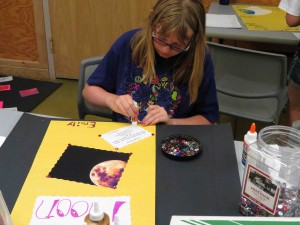
Courtesy Pinhead Institute.
Over the next few days of the camp students learned to control the robotic telescopes through the online MicroObservatory to take images of galaxies, planets, nebulas, and the moon. Many of these students had never worked on computers. So, beyond learning about our universe, these students had the opportunity to learn computing skills. The images students selected from the MicroObservatory site were emailed to the students, which they manipulated using special software used by professional astronomers to create beautiful space-based art projects.
Our final day consisted of the students creating their poster projects to exhibit selected telescope images. The girls used a lot of glitter and sparkles to help display their images of the moon and various nebulas. The boys’ posters included references to sport heroes alongside their galaxies and planets.
The poster exhibition went on display at the Naturita Library and in late August. Parents joined their kids as they presented their posters and described what they learned and how they processed their images. It was a great event, reflective of this amazing community, and showcased the student’s passion for sharing what they had learned.
We work with communities surrounding Telluride in Southwestern Colorado. Pinhead aims to teach students of all ages about the wonders of science. We host a number of great programs that teach students about how science is fun, creative, and a part of their daily lives. Our outreach extends from Telluride to Ridgway, to Ouray, to Norwood, and to Naturita, reaching more than 5,000 kids each year, providing thousands of hours of science enrichment opportunities in our remote part of Colorado.
Naturita is a special community, and is one of our favorite places to host our programs. We are always looking for new programs to offer out in this rural town. The Colorful Cosmos program was the perfect fit not only for Pinhead’s capacity, but also the perfect fit for the students in Naturita. Despite our isolated location, I was able to learn everything I needed to know remotely. All of the resources provided through the Smithsonian and the Harvard-Smithsonian Center for Astrophysics exceeded my expectations and made this camp an incredible learning experience with only a few hiccups. We are planning on extending the astrophotography camp to our local communities in the very near future.

Courtesy Pinhead Institute.


